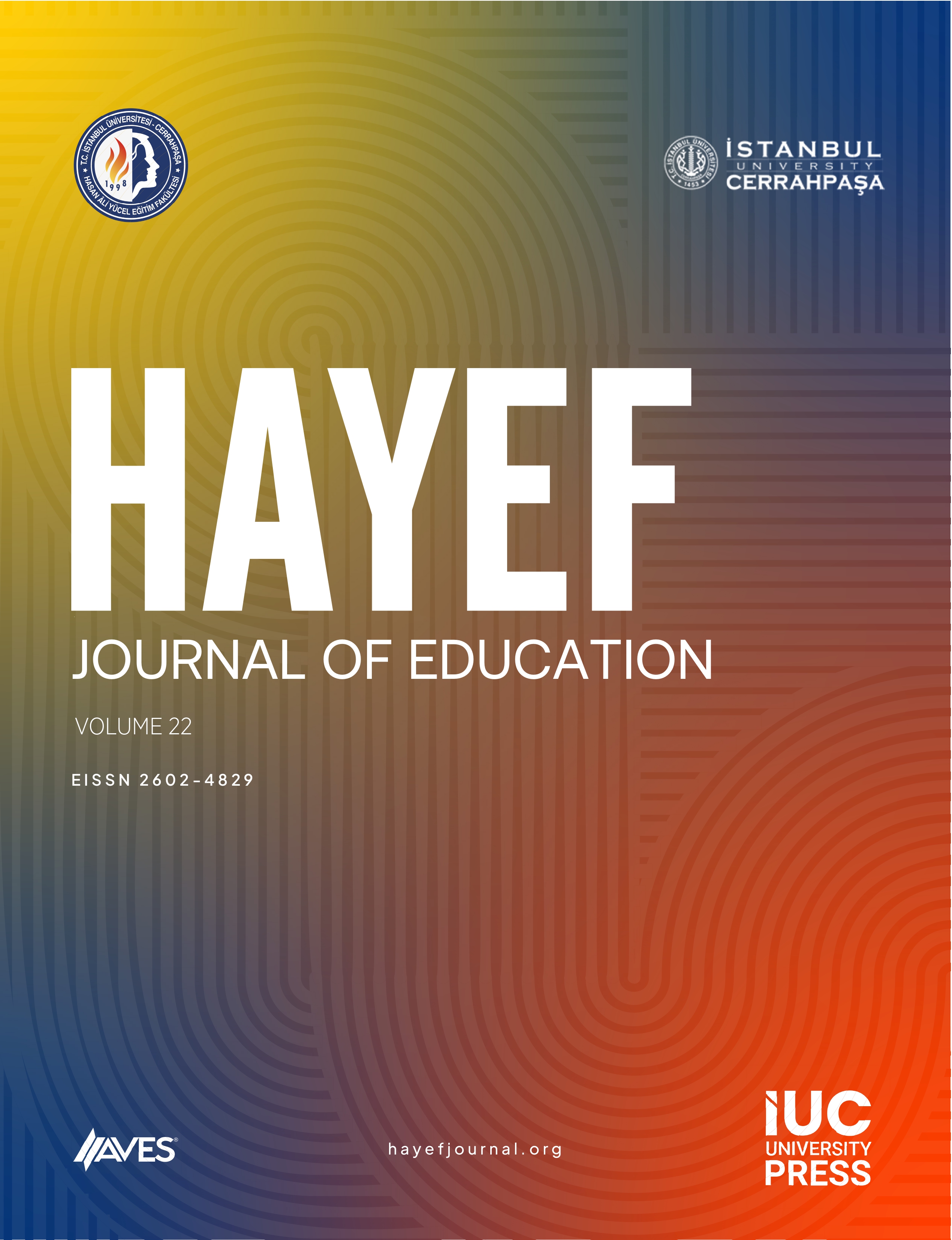This research aims to determine whether program development specialists and classroom teachers regard the teaching of science as a separate discipline in the third grade of elementary school. In light of this, what are the opinions of program development specialists and classroom teachers when teaching science as a separate discipline in the third grade? What differences are there between the opinions of the two groups? What similarities and differences are there between the 2017 Life Science instruction schedule and the 2017 Science curriculum? What similarities and differences are there in terms of the subjects discussed in Life Science and Science books? This study aims to answer these questions. An array of data collection techniques was used in this study, including qualitative research methods, semi-structured interviewing, and document analysis techniques. The criterion sampling technique was used and determined when sampling the study group. While the working group was being determined, it was accepted that this group should have worked in the field of program development among the academic members working at the universities, as well as the 10 lecturers from Marmara University, Istanbul University, Yıldız Technical University, and Kocaeli University, who participated in the study in Istanbul. While the classroom teachers were determined, 10 classroom teachers, who were working at İstanbul Sultangazi province, had to teach after the academic year of 2014–2015 as the third grade class was accepted as a criterion and were included in the study. The 2017 Life Science courses and the 2017 Science curricula were examined, taking into consideration that the curricula should ultimately be put into practice after the last 4 + 4 + 4 education system and before the 4 + 4 + 4 education system. Furthermore, Life Science and Science textbooks, which were approved by the Board of Education and taught by the Ministry of National Education in the academic year of 2017–2018, were also examined. A descriptive analysis method was used during the analysis of the obtained data. The answers to the questions have been divided according to the common descriptions, while the obtained descriptions are coded and categorized. As highlighted by program development and primary school teacher specialists, two main categories were identified: "Science as a separate discipline" and "The place of disciplines in programs," with the findings being given under these categories. Due to the findings of this research, program development specialists stated that 124 Life Science lessons prepare children for life; the lessons cover all aspects of life, meaning that no subjects can be removed from the courses. While some participants thought it was a good idea to teach Science as a discipline in the third year, most participants found it to have mostly negative connotations. On the other hand, the majority of participating classroom teachers found this situation to be a positive one. In addition, half of the participating program development specialists and classroom teachers determined that the science course was appropriate for children's developmental characteristics. The vast majority of participants stated that this practice would positively affect the development of science literacy. Participating program development specialists emphasized that everyone, except one person, should adopt a holistic approach to the programs. Evidently, some unit names were similar to the 2017 Life Science and science education curricula. Participanting program development specialists ascertained that some of the classroom teachers found it to be suitable while some did not; on the other hand, the overlapping of the topics, of two different courses at the same grade level, was not deemed appropriate. While the lecture achievements of the Life Science course are divided into units in the 2017 academic year curriculum, the course subjects are classified as themes in the books. Among the Life Science subjects, 12 of them are closely linked to science subjects. In contrast, two of the topics in the science course are similar to the subjects and concepts of the Life Science course. Participating program development specialists and classroom teachers have stated that the two courses overlap one another and can not be separated completely. These results also include recommendations for protecting the integrity of the Life Science course.



